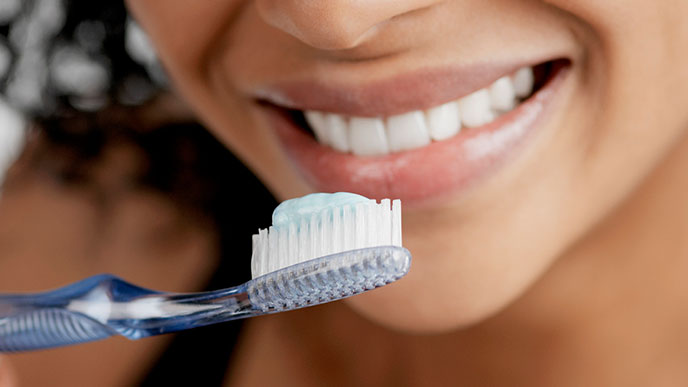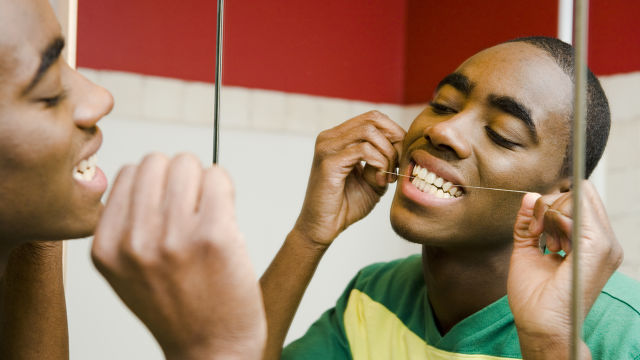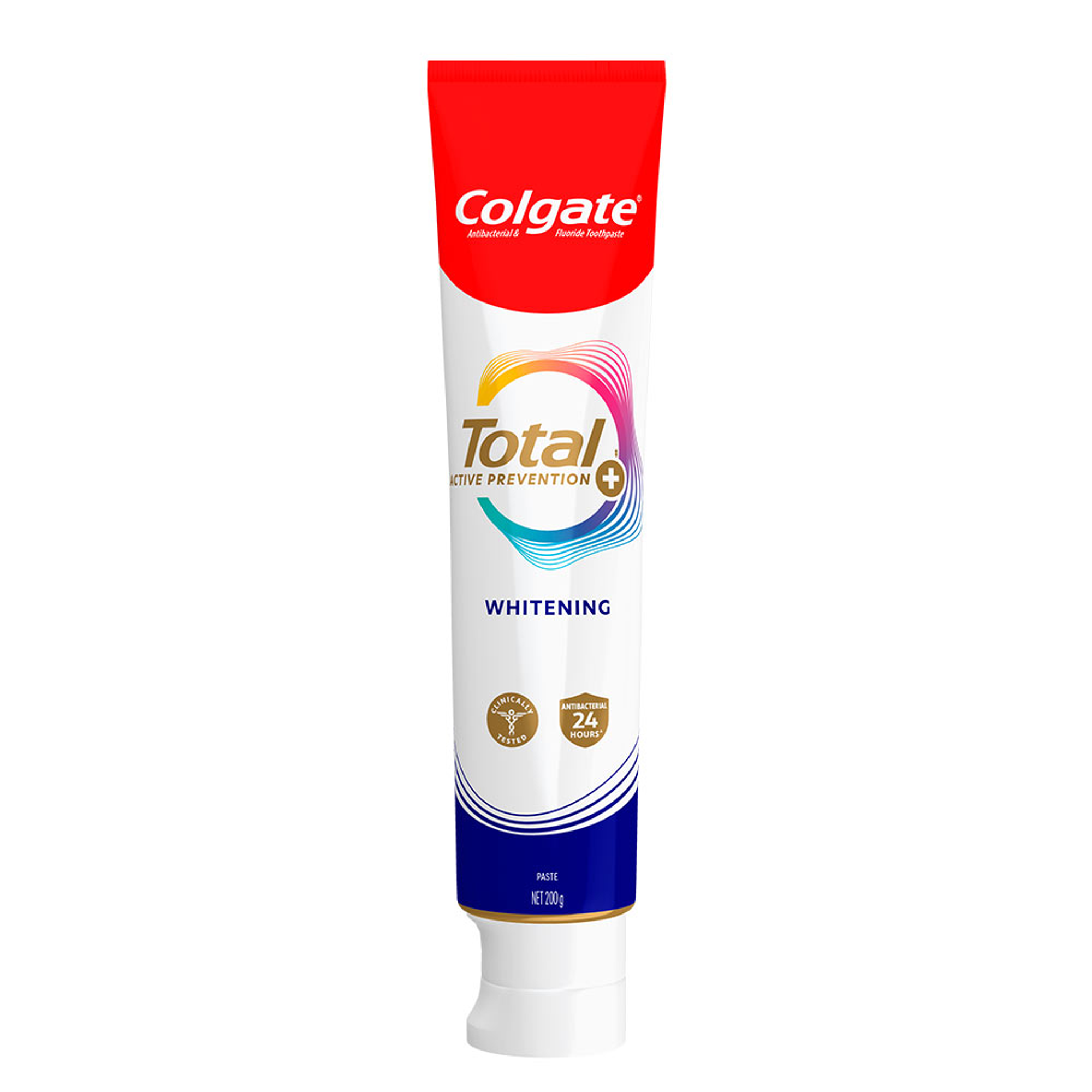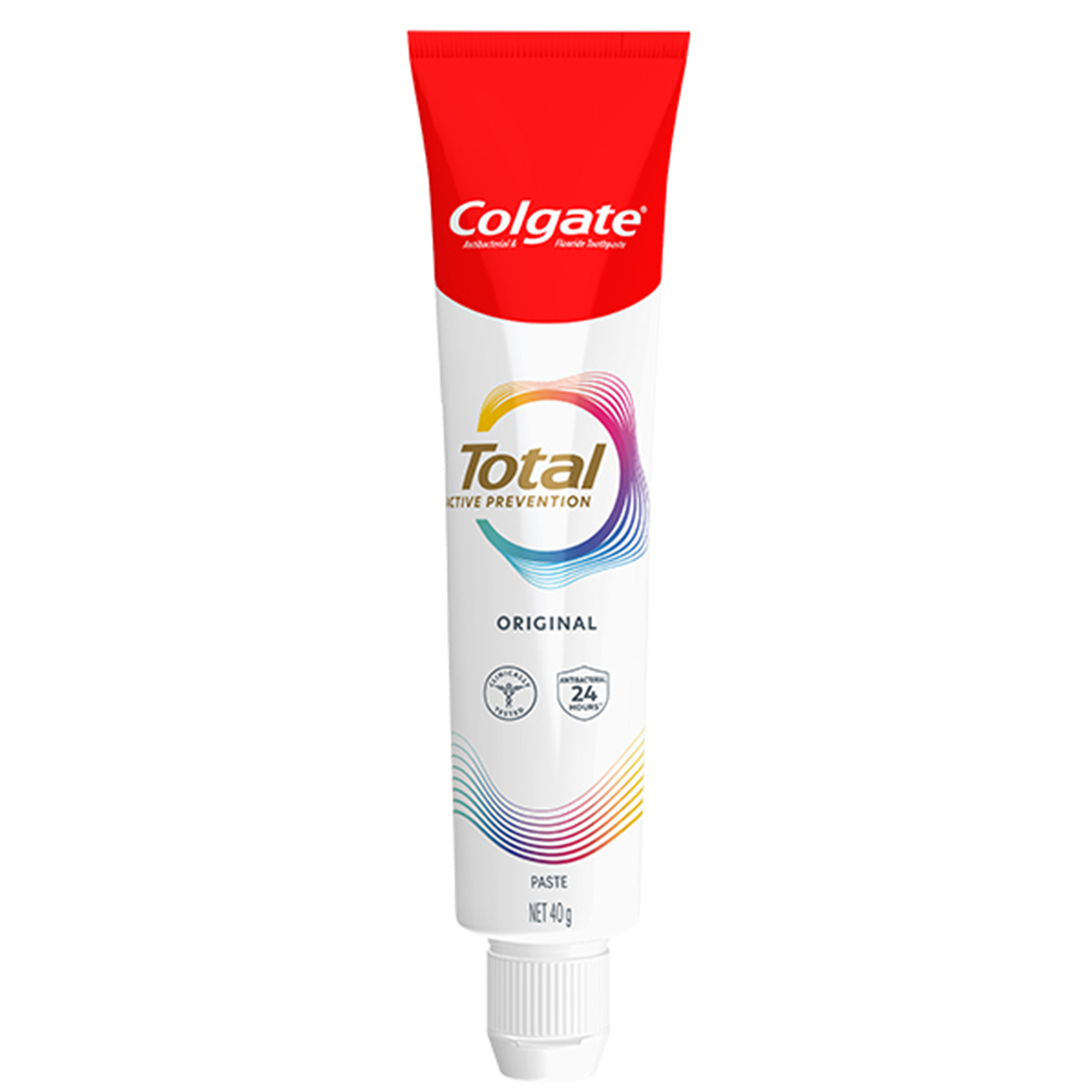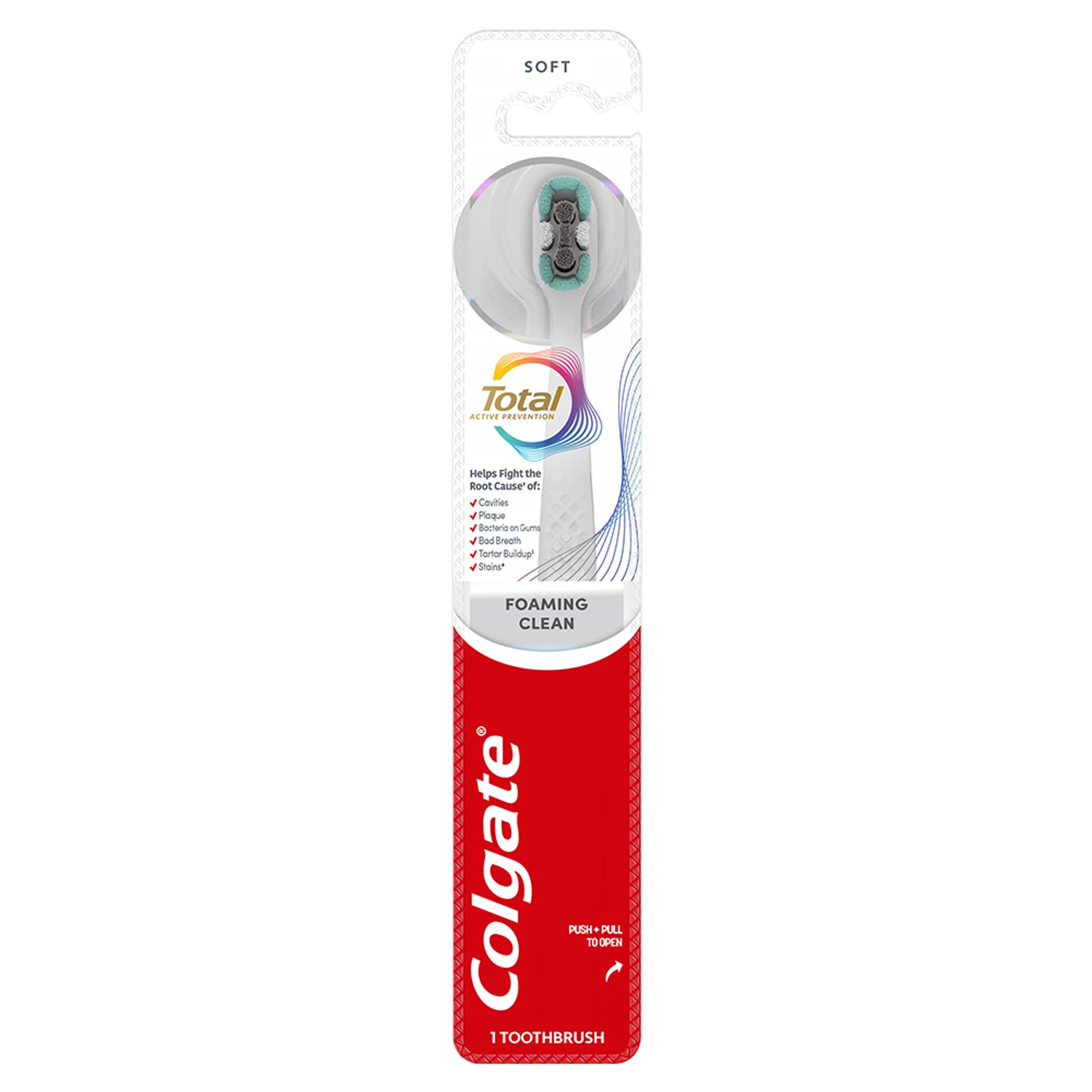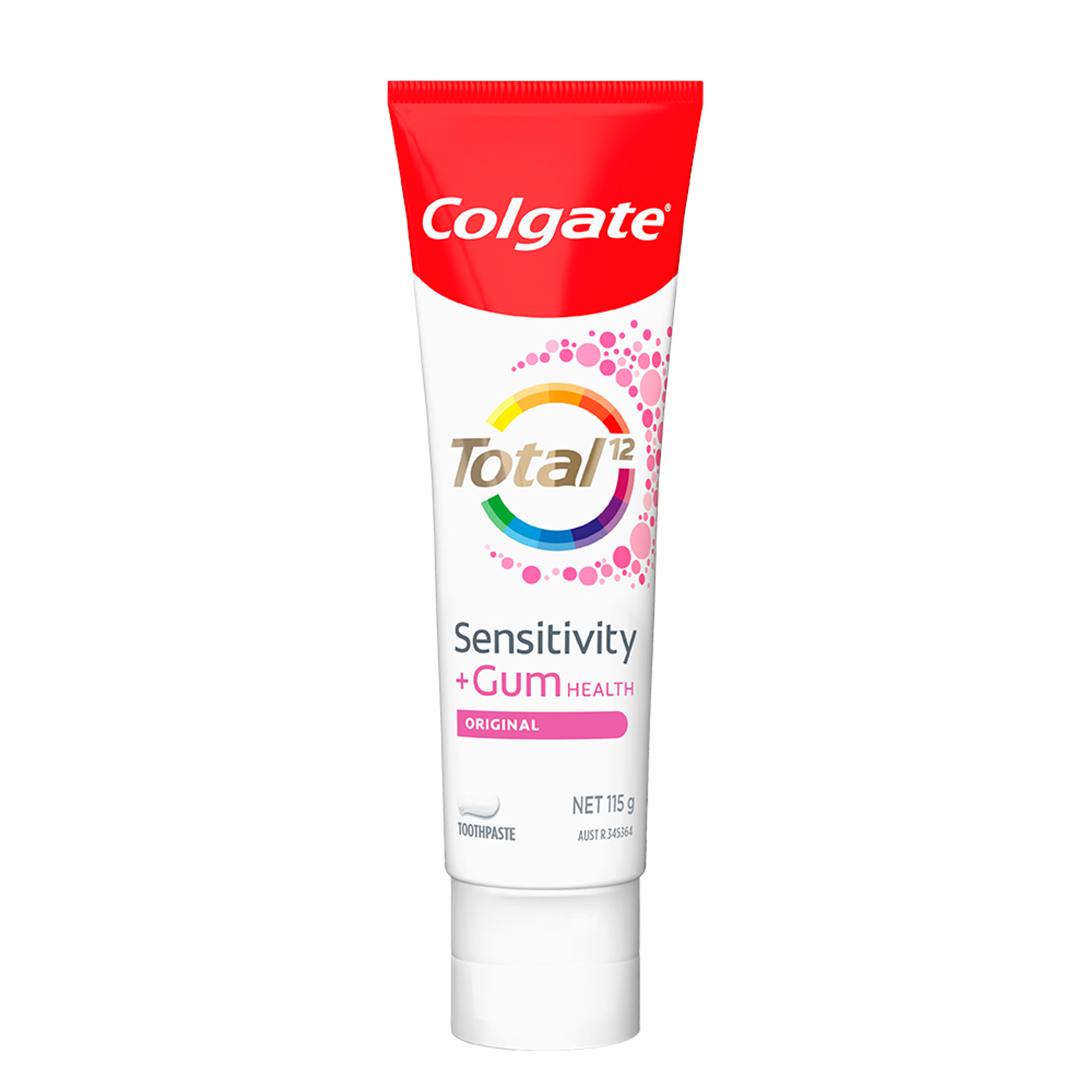-
-

BRUSHING & FLOSSING
How to BrushWhat Is the Right Way to Brush?
Proper brushing takes at least two minutes — that's right, 120 seconds!...

BRUSHING & FLOSSING
How To FlossWhat is the Right Way to Floss?
Proper flossing removes plaque and food particles in places where a toothbrush cannot easily reach... -
Science & Innovation
- Colgate® | Toothpaste, Toothbrushes & Oral Care Resources
- Oral Health
- Early Orthodontics
- Maintaining Your Smile: The Importance of Retainers After Braces


Once orthodontic treatment has been completed, the use of retainers after braces is a very important part of the continuing maintenance of teeth. Retainers will go a long way toward keeping the same bite and smile that the braces have formed over the previous few years. Retainers are usually fabricated by the orthodontist who performed the orthodontic treatment. This is customarily done by taking an impression of the newly straightened teeth and fabricating the retainer out of wire and/or acrylic material before inserting it during a separate appointment once the dentist or dental lab has created it. In most cases, retainers must be worn for several years, if not indefinitely.
Types of retainers
There are two types of retainers after braces: fixed and removable. The choice of type usually involves the clinical needs of the individual case, the desires of the patient, and the overall compliance that the dentist and patient can expect with regard to retainer maintenance.
Fixed retainers
The fixed type of retainer is usually a thin wire worn across the back of the lower or upper front teeth that is bonded in place with a composite resin similar to that applied on the brackets of braces. Because this type of wire stretches across several teeth, a floss threader or similar cleaning device must be used to access the interproximal spaces between the teeth, which is similar to how people with braces have to floss. Despite the fact that this type of retainer takes a little more work to keep clean, it has the most predictable outcome because the bonded wire will hold the newly straightened teeth in perfect formation at all times.
Removable retainers
The removable type of retainer is usually a combination of a wire that goes across the front of the lower or upper front teeth and is held in place with a combination of acrylic material and clasps that insert in and around the back teeth to hold the retainer in place. Since it is removable, this type of retainer makes it easier to clean your teeth, but you have to remember to wear it daily. Initially, your orthodontist will likely want you to wear it all day and all night for at least three months. If no movement is detected, you may be instructed to wear the retainer only at night or for a few hours in the daytime.
The obvious disadvantage of a removable retainer after braces is the fact that it can be lost or damaged and can even melt or change shape if it is exposed to high heat. It is very important not to leave the retainer lying unprotected and accessible since pets love to chew on them! Retainers wrapped in tissues could be mistakely thrown away. Instead, use a retainer case to protect and keep your retainer clean. Most orthodontists charge a few hundred dollars to replace retainers, so it's recommended that people with removable retainers find a safe way to store them, typically in a plastic retainer case.
Maintenance
Throughout and after the use of both types of retainers, periodic maintenance in the form of regular retainer check-ups with your orthodontist are advised by the Australian Society of Orthodontists. Your dentist or dental hygienist can examine in and around a fixed retainer used after braces to ensure that it is properly secured in place and that the teeth supporting it are free of plaque and tartar.
For removable retainers, regular toothpaste should never be used for cleaning because it can dull the acrylic surface and cause bacteria to stick to it. Denture cleaning tablets or a mouthwash containing antibacterial ingredients can help clean the bacteria from your retainer.
Most patients have invested a lot of money in orthodontic care. Using retainers after braces is an important part of the treatment and is meant to ensure a lifetime of happy and straight smiles.
This article is intended to promote understanding of and knowledge about general oral health topics. It is not intended to be a substitute for professional advice, diagnosis or treatment. Always seek the advice of your dentist or other qualified healthcare provider with any questions you may have regarding a medical condition or treatment.
Related Products

Helping dental professionals
More professionals across the world trust Colgate. Find resources, products, and information to give your patients a healthier future




